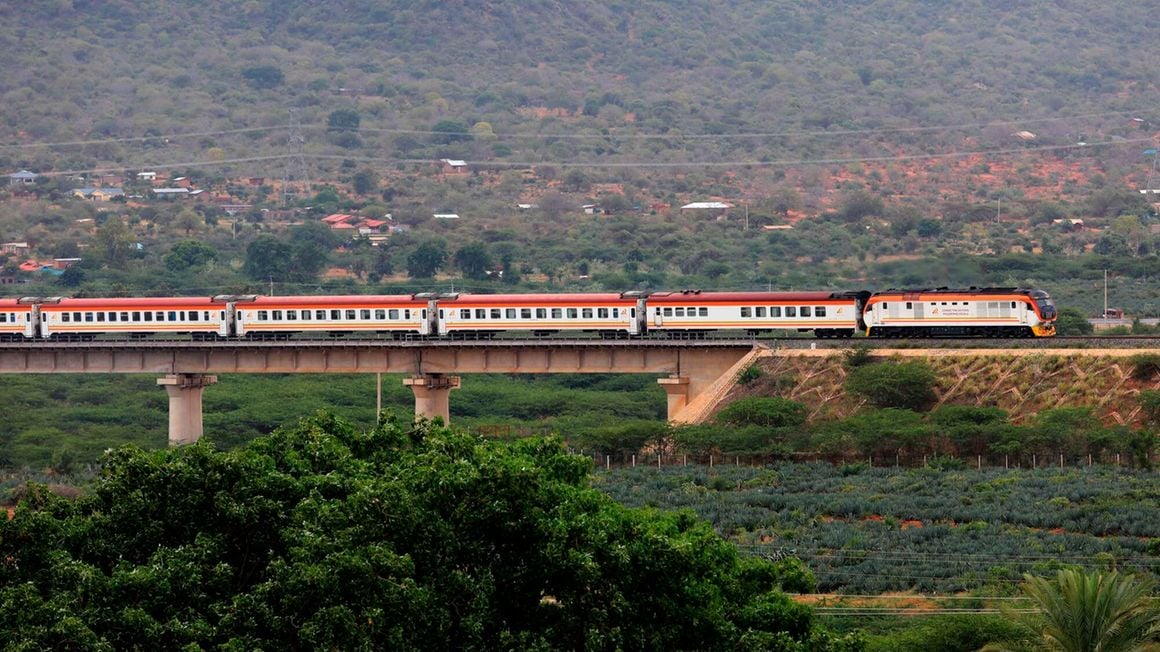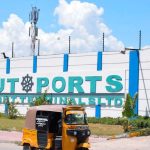Kenya has opened talks with Uganda, DR Congo and the Republic of the Congo to build a modern railway connecting the Indian Ocean to the Atlantic in what appears to be a race with Tanzania to control cargo business into Africa’s hinterland.
President William Ruto has disclosed the discussions are geared towards having each of the four countries build a 1,000-kilometre line in its territory.
Uganda has made progress in laying the groundwork for the modern railway network on its territory, while Nairobi is in discussion with Kinshasa on options to secure funds for its section, Kenya’s leader has said.
This has come months after Tanzania reached a deal with Chinese contractors to extend its standard gauge railway to Burundi, which will then proceed to connect to the DRC — the second largest country by area in Africa with a market of nearly 120 million people.
“As countries, we are prepared to work together. That way, we can do our section in Kenya [while] Uganda are already working on their section,” Dr Ruto told government and private sector leaders at a forum on African Continental Free Trade Area (AfCFTA) in Nairobi on Monday.
“We are[also] discussing with the government of DRC to see how, together, we can get the resources to get their 1,000km in DRC, connect it to the Congo River and transport our goods and products across the hinterland of Africa.”
He said the conversations have also roped in Congo-Brazzaville.
Kenya has nearly 700km of SGR line between Mombasa and Suswa near Naivasha, built by the Chinese for an estimated cost of $3.75 billion (Sh519 billion) under the prevailing exchange rate).
The modern railway line from Nairobi was initially planned to run up to the Ugandan border at Malaba town but terminated at the sleepy Suswa area after China demanded that Kampala commits to constructing its section before Beijing releases funding for the entire phase.
Uganda said earlier in the month it had secured funds for the SGR line from the Standard Chartered Bank with the project set to be built by an undisclosed Turkish company.
“What I want to assure you is that come August, you will see the construction of Standard Gauge Railway on our land,” Fred Byamukama, Uganda’s minister for Works, was quoted by press in Kampala earlier in the month.
The plans for modern railway lines by Kenya and Tanzania are aimed at helping them compete for cargo business from the Indian Ocean into the hinterland at a time countries are looking at removing trade barriers under the ambitious African Continental Free Trade Agreement (AfCFTA).
The realisation of the free movement of people, goods and services on the continent under AfCFTA will create the world’s largest single market of about 1.4 billion people with an estimated economic output of more than $3 trillion (Sh415.2 trillion).
Tanzania and Burundi last month floated a tender for designing and constructing about 282km as part of the wider cross-border modern railway line which is planned to pass through the populous DRC.
This came months after Dar es Salaam inked a $2.2 billion (Sh271 billion) deal with two Chinese contractors late last December will see the final section of the 2,102 km SGR completed by 2026.
“This is a railway that is going to open up Tanzania and link it to the eastern side of DRC where there is a lot of cargo that needs to be transported on the ports on the Indian Ocean to the global market,” Tanzania’s President Samia Suluhu Hassan said at the time.
The expansive and populous DRC, analysts reckon, offers a huge untapped opportunity for access to one of the world’s last economic frontier markets.
Resource-rich
The war-torn country is endowed with exceptional natural resources, including minerals such as cobalt and copper as well as hydropower potential, significant arable land, immense biodiversity and the world’s second-largest rainforest.
Africa’s under-developed transport networks have been blamed for raising the cost of goods and services by as much as 40 percent, rendering intra-African trade uncompetitive compared with trade with developed continents such as Europe.
For example, the first consignment of Kenya’s value-added tea to Ghana which left the country last October reached Port of Tema in February this year, underlining the infrastructural, security and tariff hurdles hampering intra-African trade.
“This is why we must take such barriers as weak transport and logistics capacity, customs-related delays, rules of origin, import bans and export restrictions, quotas and levies, technical barriers, import permits and licenses, very seriously because they ultimately reverse all the depths we try to make towards a free trade area,” Dr Ruto said.
“They may look small, incremental but their sum total amounts to a reversal of what we are trying to achieve.”




